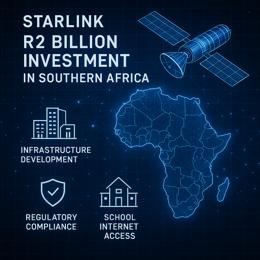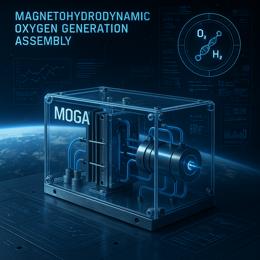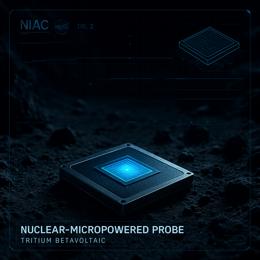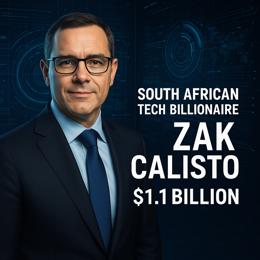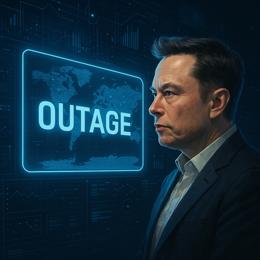Image created by AI
Google Unveils Groundbreaking Quantum Chip 'Willow', Marks a Quantum Leap in Computing
In an announcement that is sending shockwaves through the realm of computer science and beyond, Google has revealed the latest advancements in quantum computing with its new quantum chip, named Willow. Developed by Google Quantum AI, this chip symbolizes a significant breakthrough in an issue that has perplexed scientists for nearly three decades—the problem of escalating errors as more qubits are added to quantum computers.
Quantum computing, unlike its classical counterpart, operates on qubits. These units can exist simultaneously in multiple states (0 and 1), essentially allowing quantum computers to perform complex calculations at unprecedented speeds. Traditionally, as the number of qubits increased, so did the error rate, a problem that Google claims to have mastered with Willow.
According to Hartmut Neven, the founder and lead of Google Quantum AI, Willow has not only managed to exponentially reduce the error rate, but has also performed a calculation in just under five minutes—a task that would ostensibly take the current fastest supercomputer, Frontier, about 10 septillion years to complete. This comparison underscores the vast potential of quantum computing in solving problems beyond the reach of classical systems.
The key to Willow’s success lies in its ability to remain "below threshold," a term used in quantum computing to describe the capability to drive down errors while simultaneously scaling up the number of qubits. The results, published in the esteemed journal Nature, highlight that as the Google Quantum AI team employed ever-larger grids of encoded qubits, they successfully halved the error rate with each increment.
Willow’s testing was grounded on the industry standard known as random circuit sampling (RCS), a benchmark pioneered by the Google Quantum AI that is considered the most challenging for classical computers to perform on a quantum framework. This rigorous testing validates the chip’s potential and its revolutionary impact on quantum computing technology.
The implications of these advancements are monumental. Quantum computers like Willow can revolutionize multiple fields—from pharmaceuticals, where they can expedite novel drug development, to sustainable energy, contributing to the design of more efficient batteries for electric vehicles. As Neven points out, Google's breakthrough underscores the reality of developing operational, large-scale quantum computers in the near future.
As the globe stands on the precipice of a new age in computing, Google’s Willow may just be the beacon leading the charge towards a future woven with the threads of quantum mechanics.

